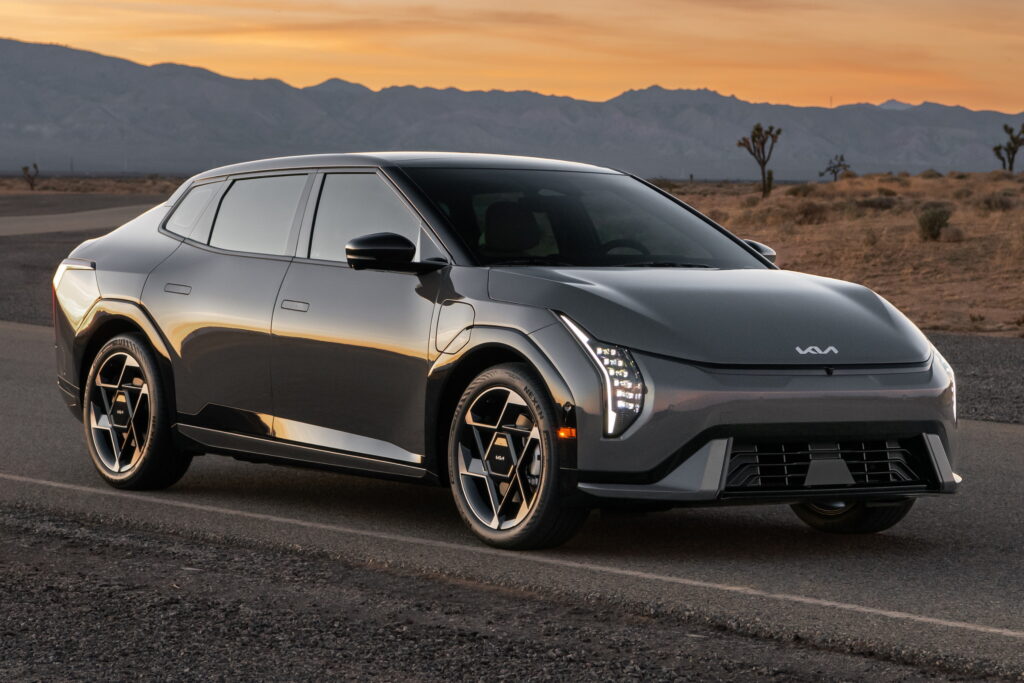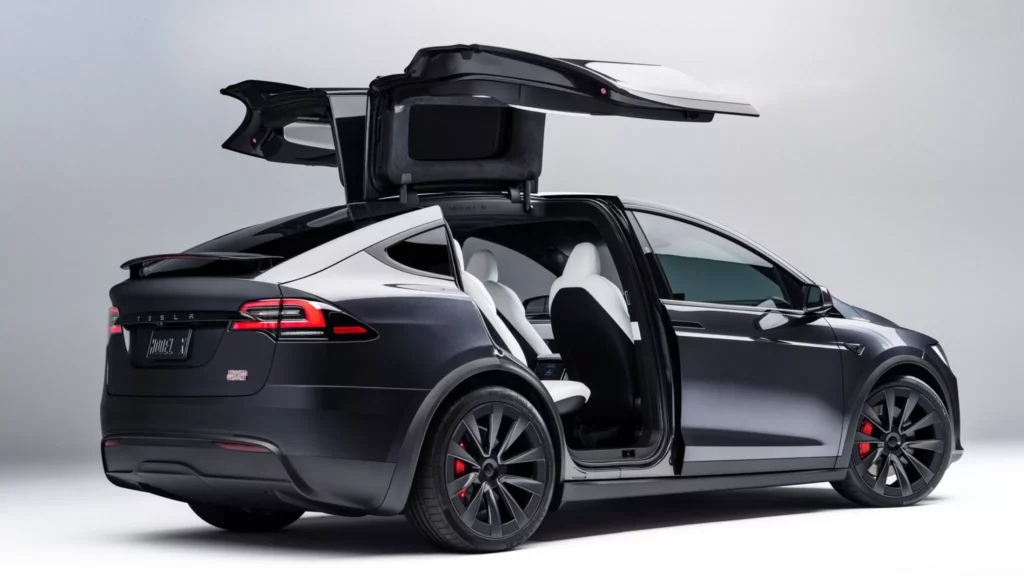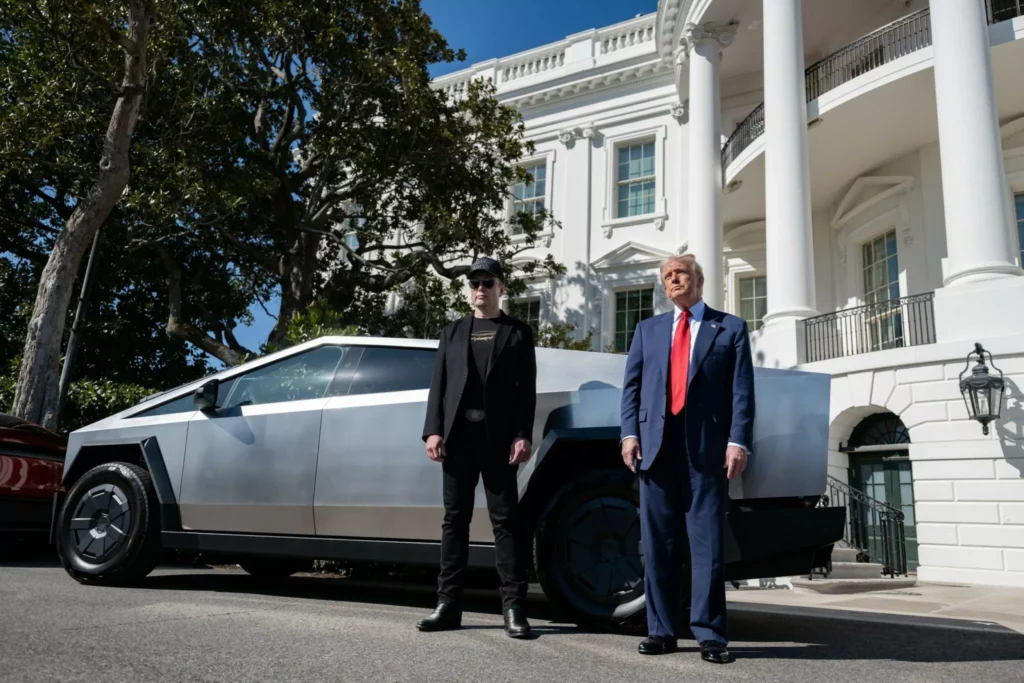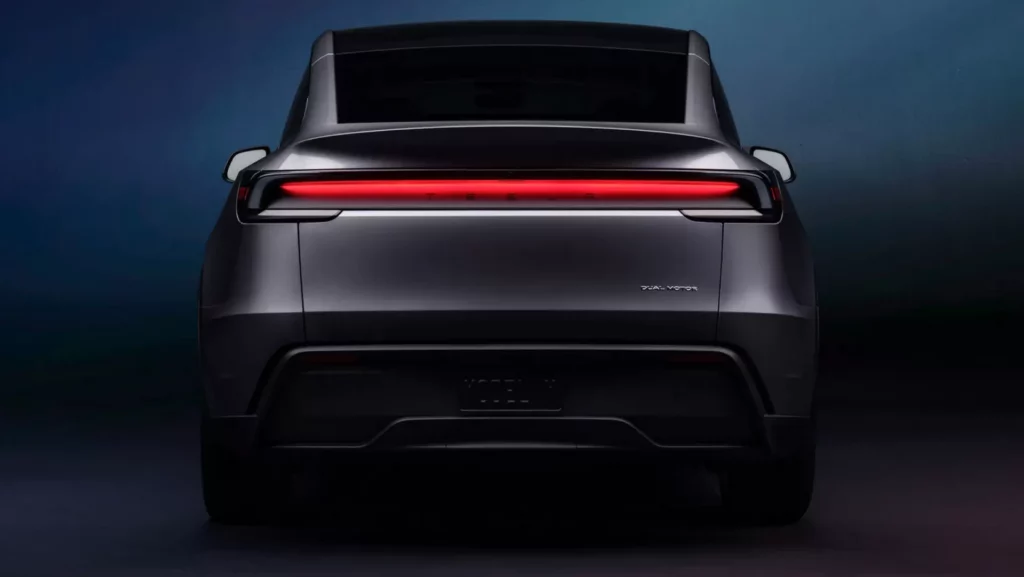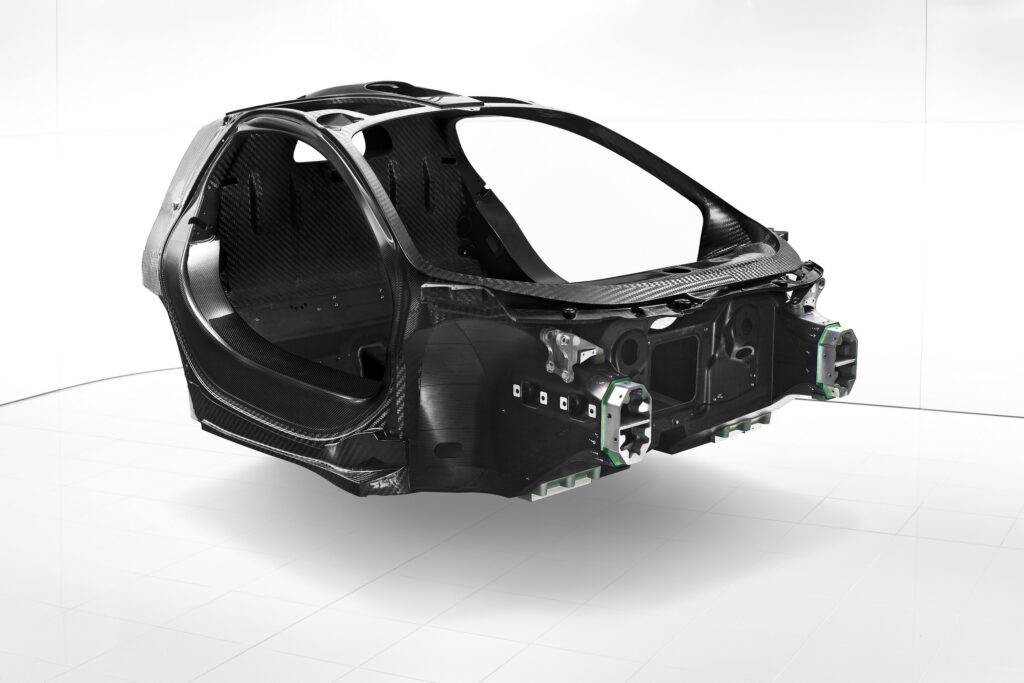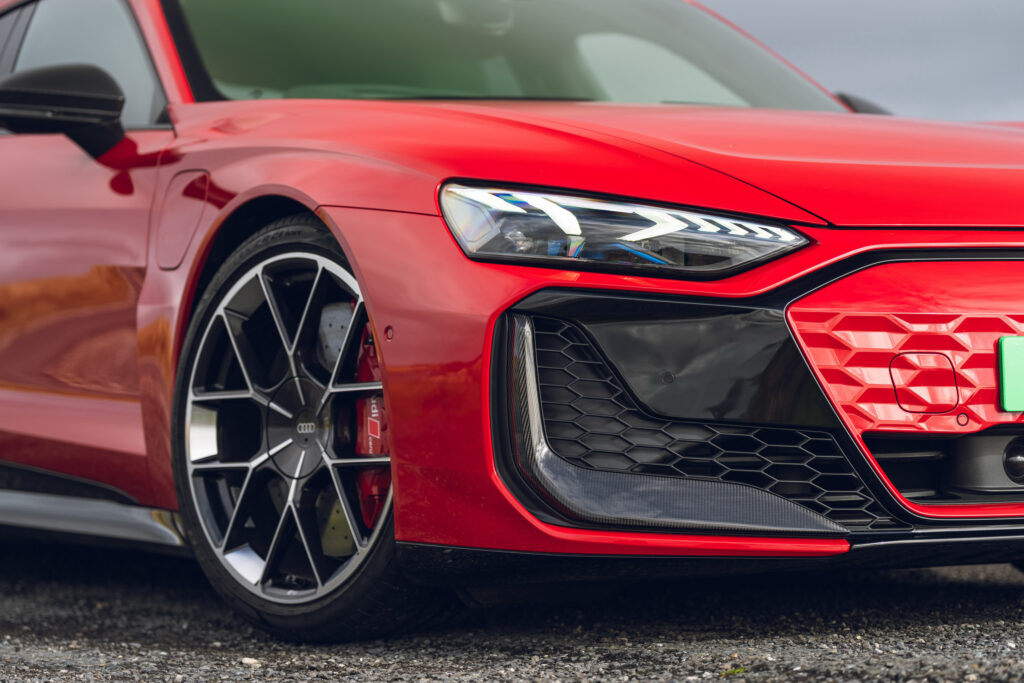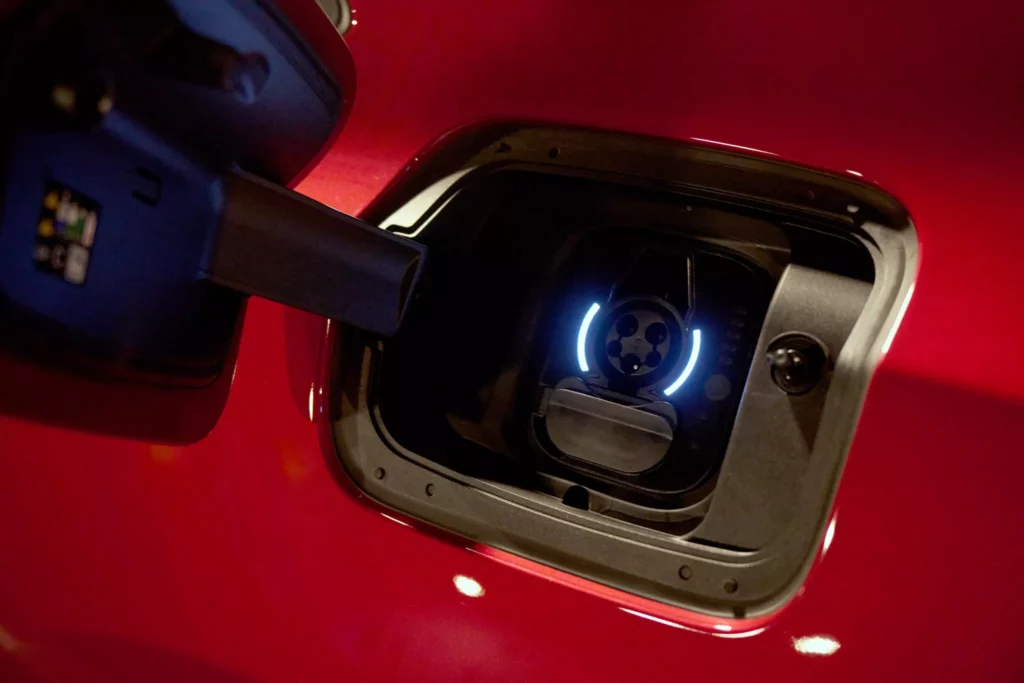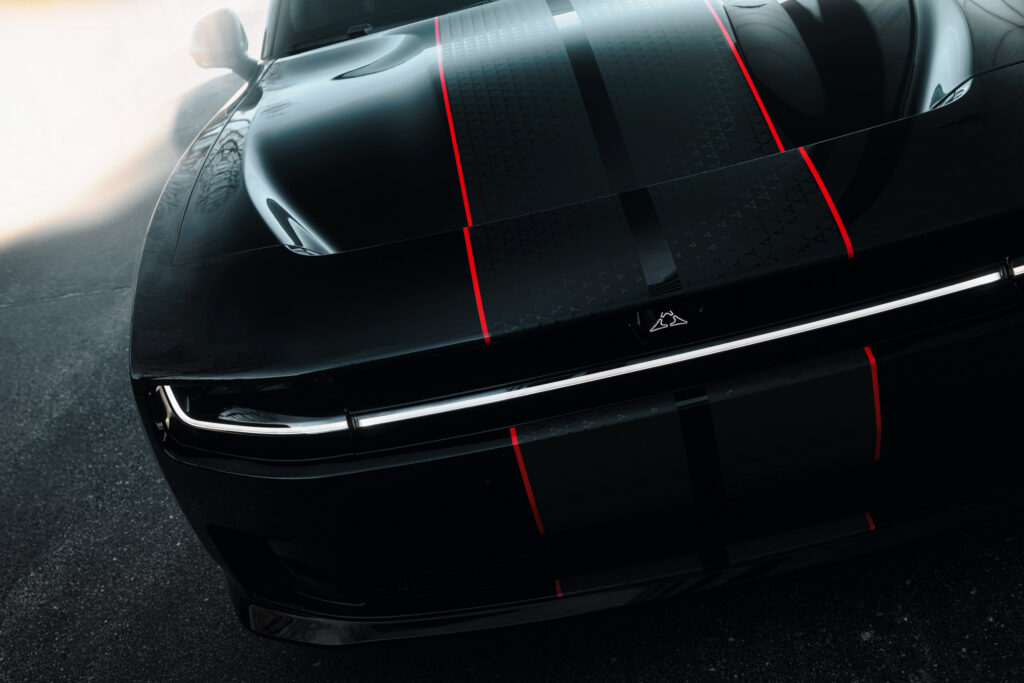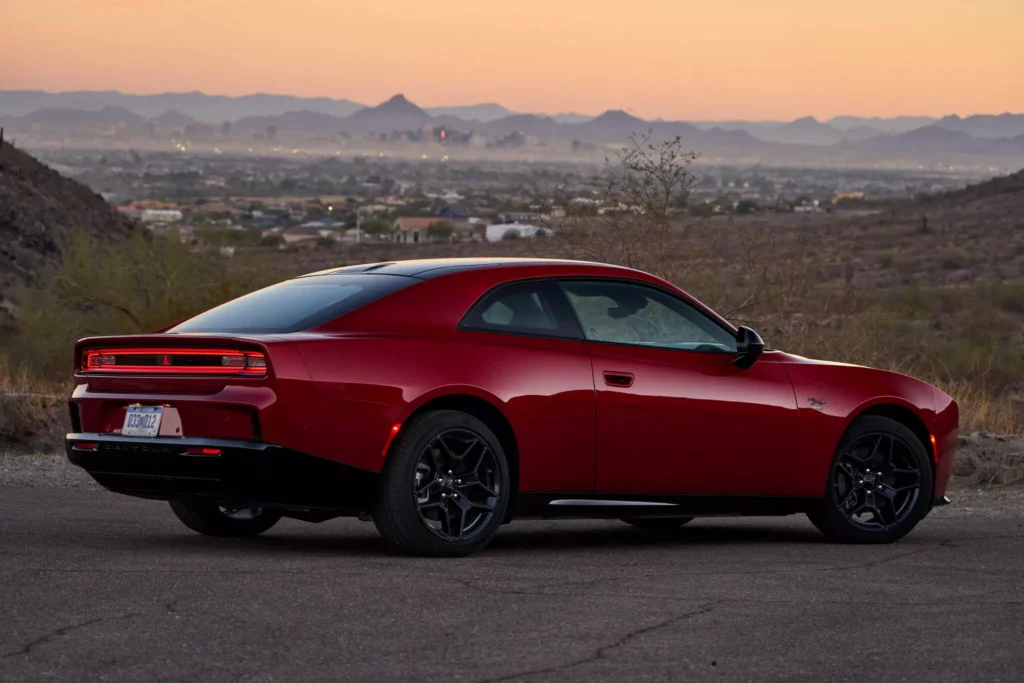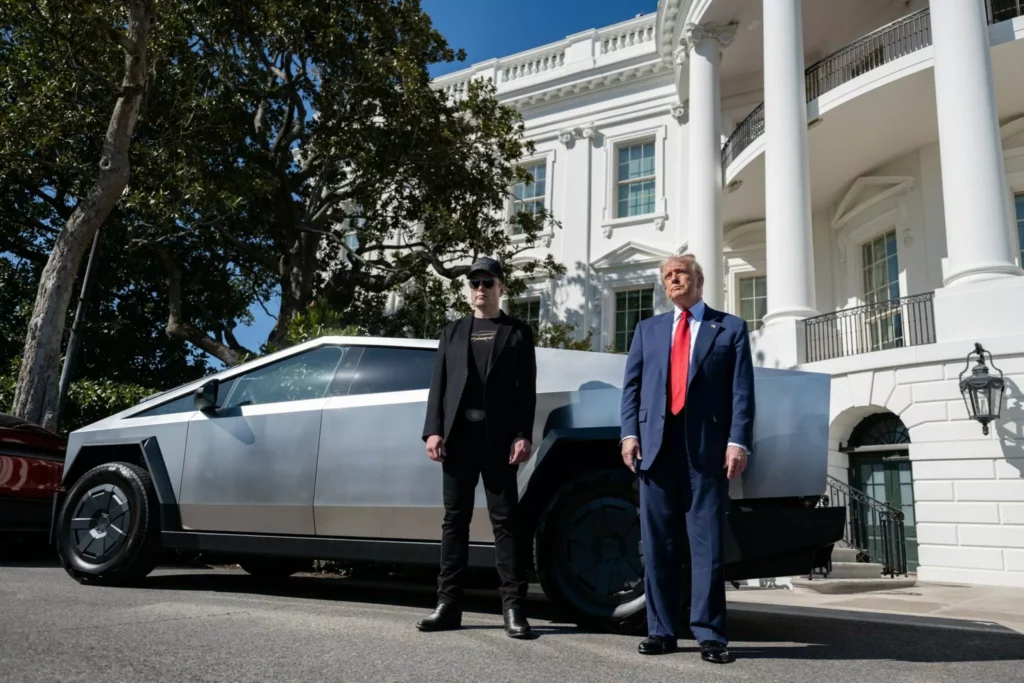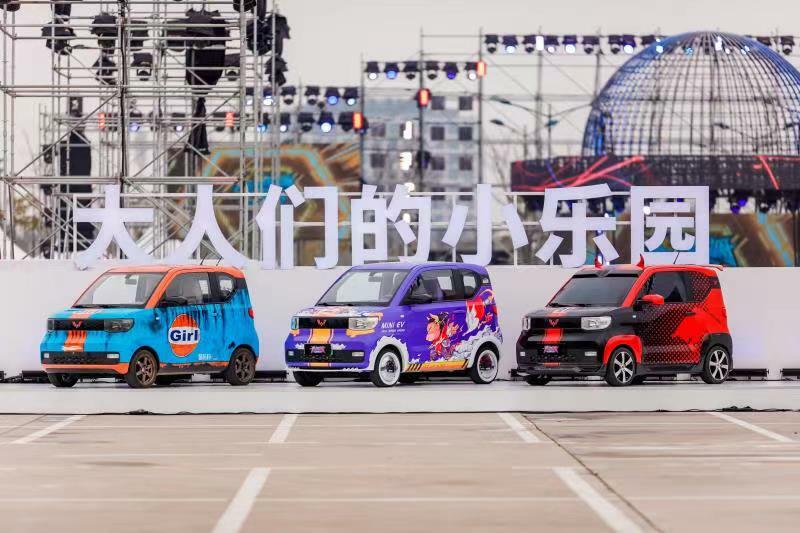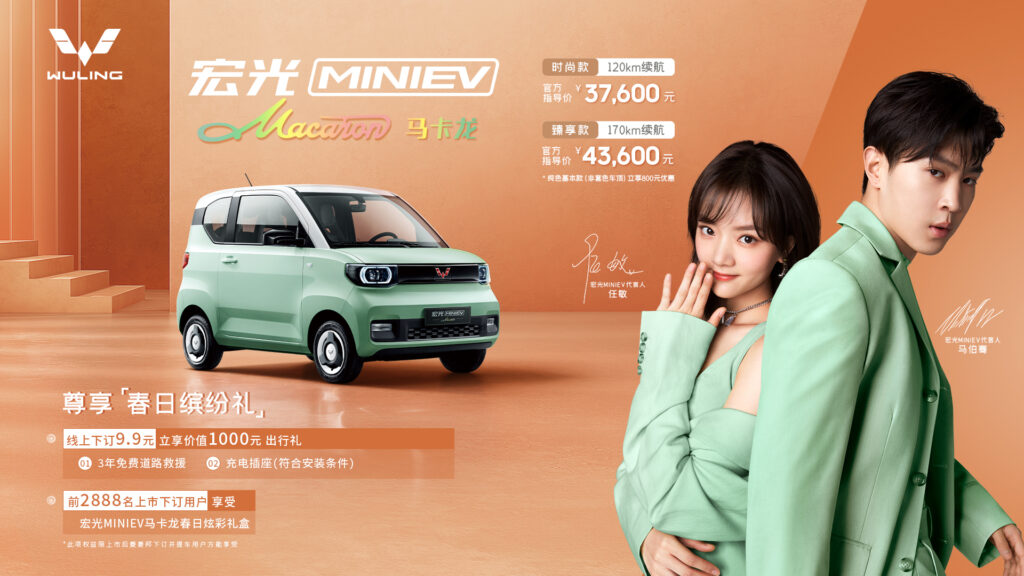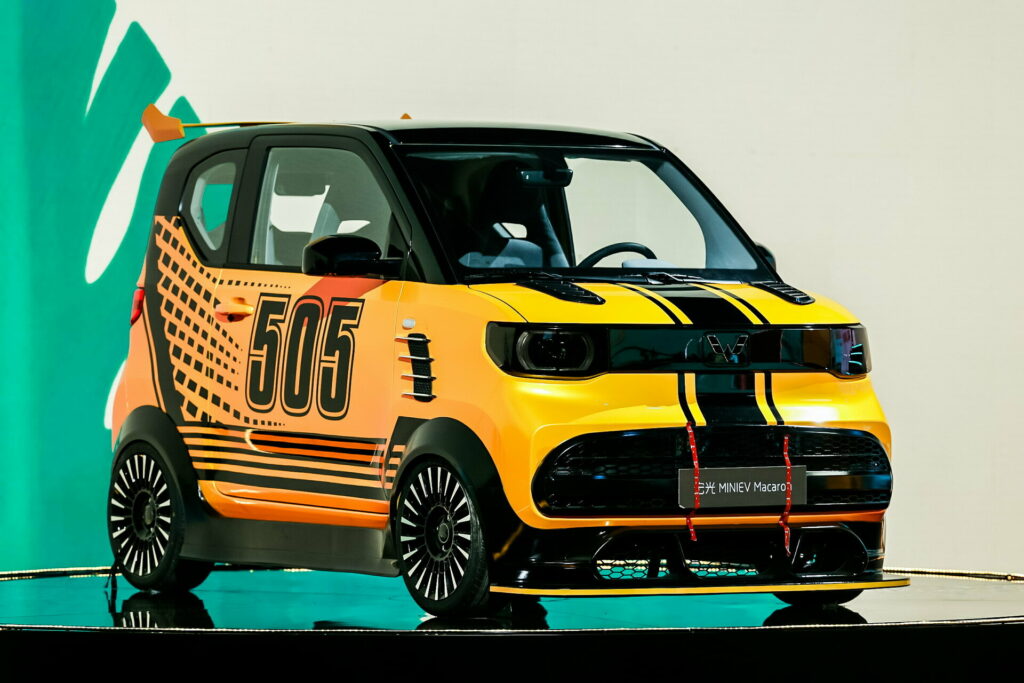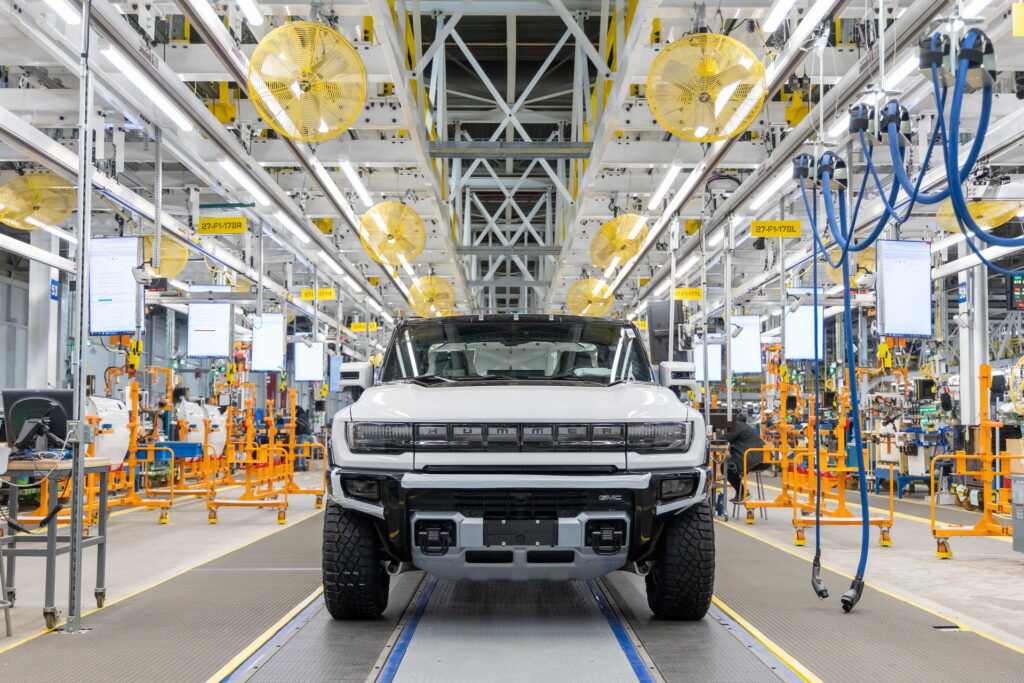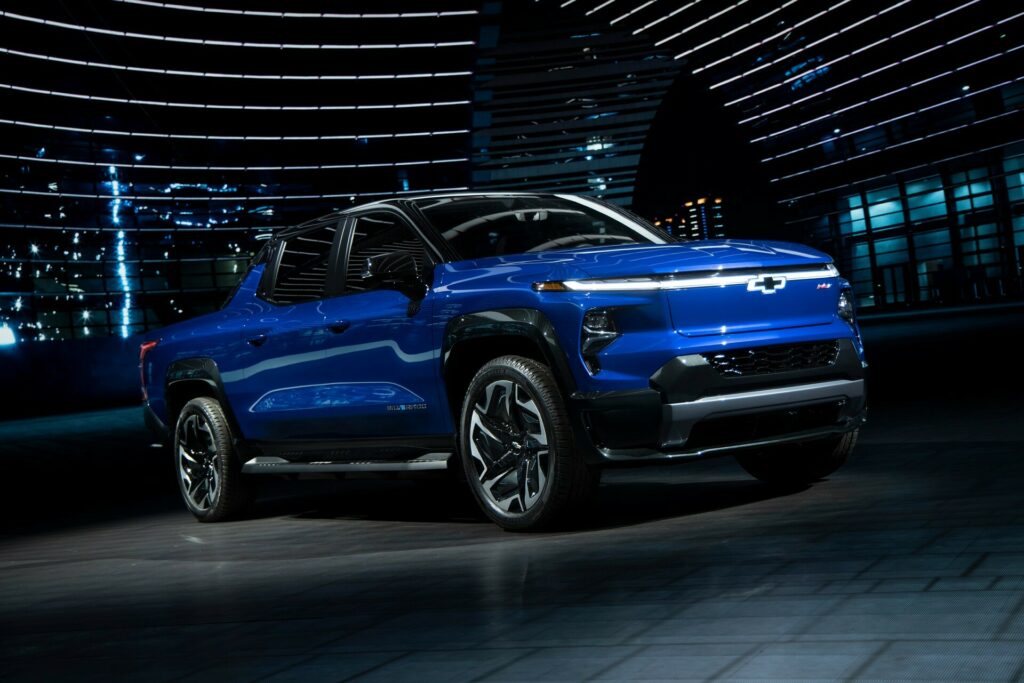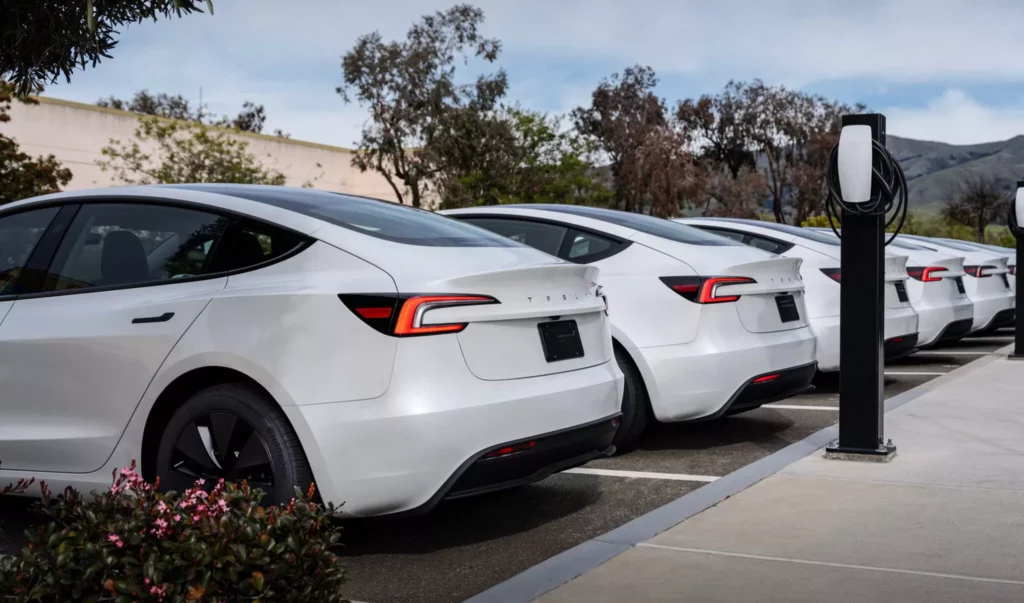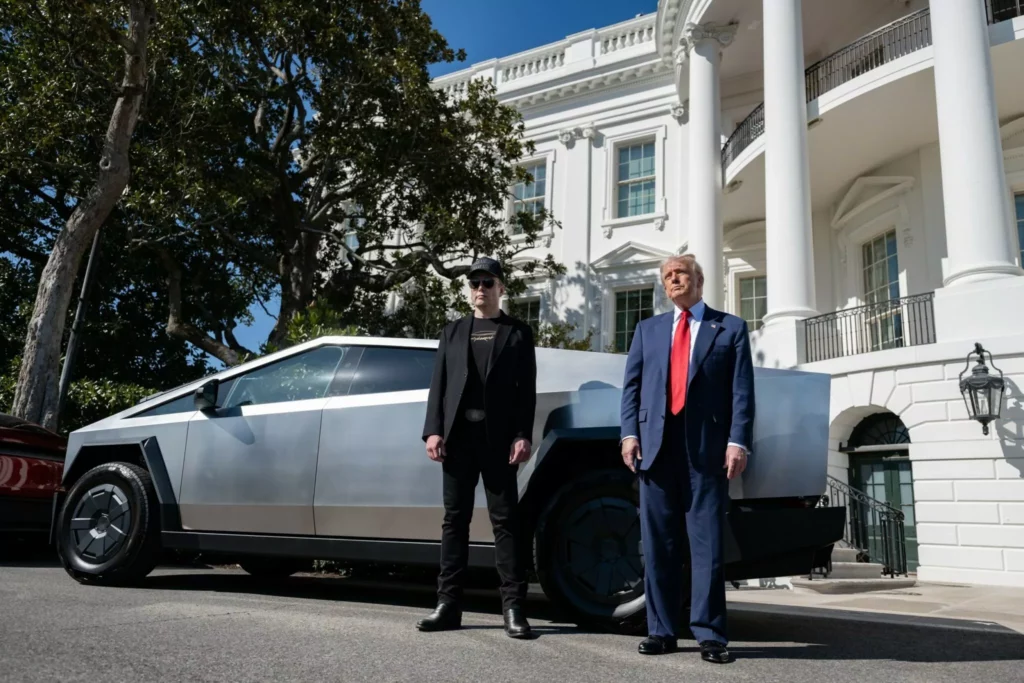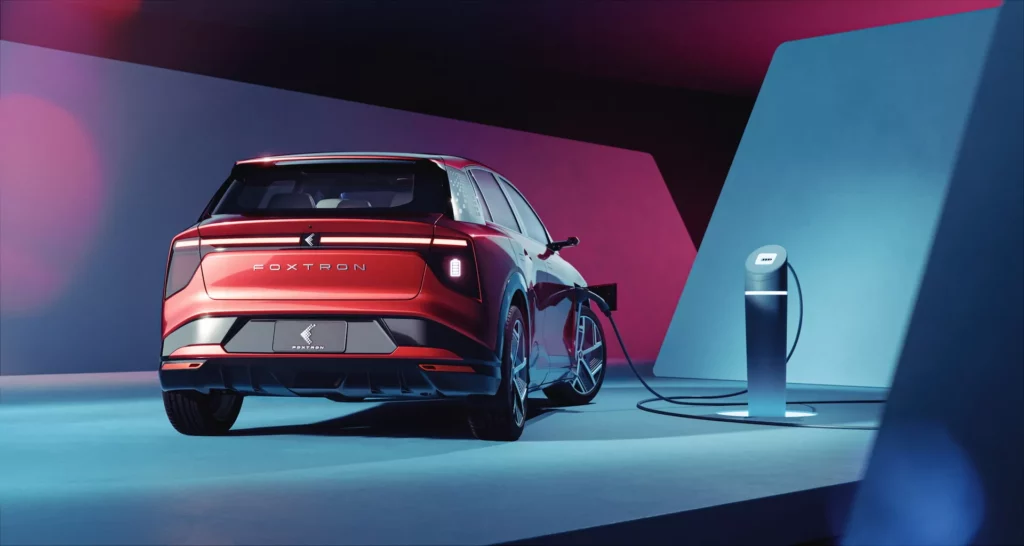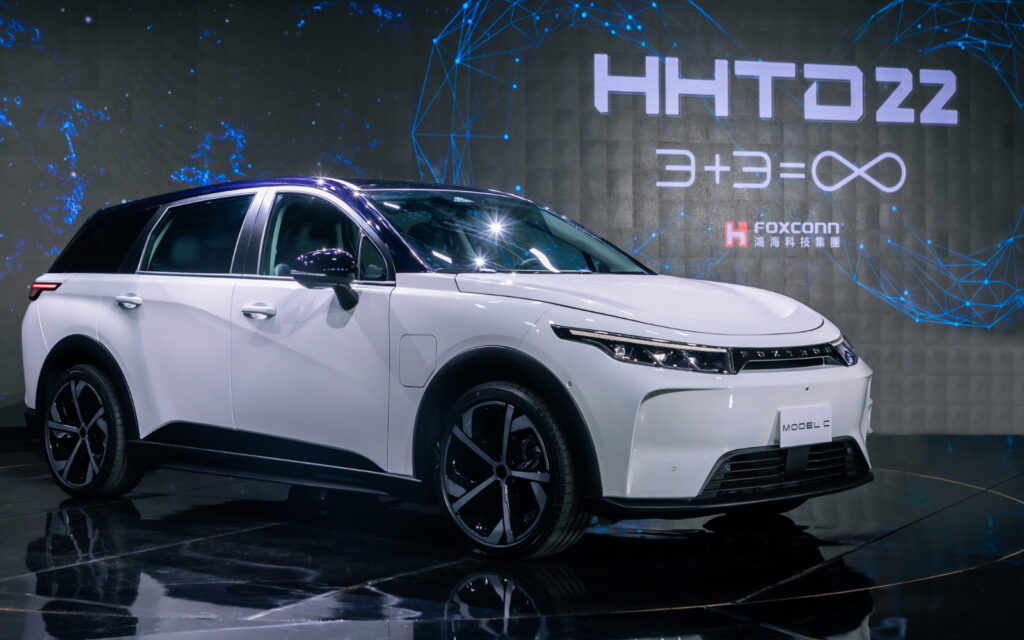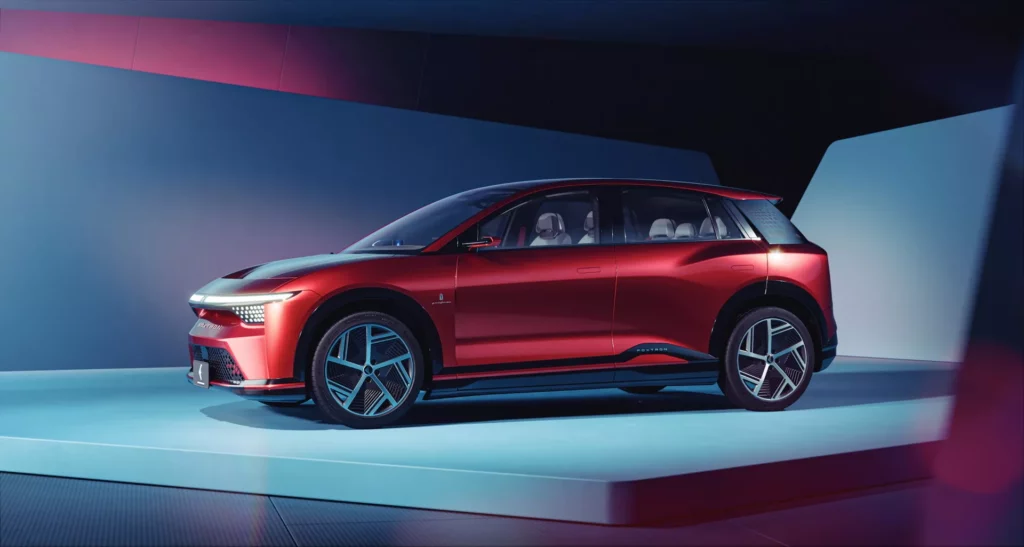Kia’s First Electric Sedan Is Here To Beat The Model 3 At Its Own Game
- Kia’s US-spec EV4 sedan debuts in NY looking nearly identical to the global version.
- The electric saloon comes with loads of tech and a comprehensive ADAS suite.
- US production begins in early 2026 as Kia wants to avoid tariffs by building EV4 locally.
Kia might have already unveiled the 2026 EV4 compact electric model in hatchback and sedan guise last February in Spain, but that launch was about models available in European markets. At the New York International Auto Show, the Korean company revealed its North American-spec EV4, which will only be sold as a sedan locally, as the hatch won’t make the trip to the Land of the Free.
The EV4 is Kia’s first global electric sedan and, in America, is meant to take on the Tesla Model 3 starting in Q1 2026. In Europe, the EV4 is slated to go on sale later this year, and it was expected to be available in the States before the end of 2025. The delay may have to do with US production taking place at Kia‘s plant in Georgia to avoid import tariffs and keep it priced competitively against its rivals.
Promises Made – And For Good Reason
Unsurprisingly, the US-spec EV4 sedan is practically identical to the European version that will be built at Kia’s Korean and Slovakian factories. As such, it measures 4,730 mm (186.2 inches) in length and has a 2,820 mm (111-inch) wheelbase, which in theory will provide more than sufficient room for rear passengers. Moreover, the 490-liter (17.3 cu-ft) trunk, while not cavernous, should offer enough cargo space for most occasions.
More: Kia’s Affordable EVs Are Finally Coming To America
The EV4 carries over Kia’s “Opposites United” design language first seen on the EV6 and EV9. Forget the buzzwords about “contrasts across nature and humanity”. What matters is the sharp, low nose with a revised “Tiger Face” front, vertical headlights, and the now-familiar Star Map lighting. Small cube LED headlights with Dynamic Welcome Lights are also available. A fastback roofline leads to a somewhat fussy long-tail rear that tries to echo the front’s boldness.
The vertical taillights and two-piece roof spoiler are supposed to echo the front-end’s design elements and give the EV4 a more sporting character. Moreover, the all-electric sedan comes as standard with 17-inch aero wheels on the Light and Wind trim levels and spoked 19-inch ones on the range-topping GT-Line.
A High-Tech And Aesthetically Pleasing Cabin
The interior’s highlight is the 30-inch screen, which incorporates two 12.3-inch displays for the driver gauges and infotainment and a 5-inch one for the climate controls. This setup is part of what Kia calls the connected car Navigation Cockpit (ccNC) that includes over-the-air (OTA) updates, wireless Apple Car and Android Auto connectivity, an AI-based assistant with improved voice recognition, and the ability for drivers to display available themes across the dashboard.
As for the rest, the cabin has a simple, yet modern, dual-tone aesthetic that looks pleasing while not being as spartan as a Tesla‘s, for instance. Meanwhile, equipment includes dual-zone automatic temperature control with rear A/C vents and an acoustic windshield as standard, while heated/ventilated front seats with driver side memory and a heated steering wheel are also available.
Kia’s new EV comes with a comprehensive ADAS suite whose main feature is the standard Highway Driving Assist (HDA) that can use speed limit information from the navigation system on controlled access roads such as state highways, highways, and federal interstates. Under certain conditions, the system can be set to automatically adjust the EV4’s speed to match the posted speed limit and keep a certain distance from the vehicle in front, which sounds like something that should be relaxing on long trips.
Since it’s not an autonomous system, though, the standard Hands-On Detection system ensures that the driver has their hands on the wheel. Rounding up the safety tech is a list of features that includes Driver Attention Warning, Forward Collision Avoidance Assist, Lane Following Assist, Intelligent Speed Limit Assist, and Remote Smart Parking Assist.
Three Versions, Two Battery Packs, One Electric Motor
Based on the brand’s 400V Electric Global Modular Platform (E-GMP), the EV4 will initially be available with a single 201 hp (204 PS / 150 kW) electric motor that drives the front wheels and two battery options. The entry-level Light trim comes with a 58.3 kWh pack that offers a relatively limited 235-mile range that’s good enough for city use but not so much for journeys. Thankfully, the Wind and GT-Line get a significantly larger 81.4 kWh battery that, in the former, provides a much more useful range of 330 miles (no figure was disclosed for the GT-Line, but we guess it must be lower).
More: Kia EV6 Owner Fed Up After Multiple 12V Battery Failures
When connected to a fast DC charger, the Light trim’s battery can go from 10 to 80 percent in an estimated 29 minutes, while the Wind and GT-Line, despite their noticeably bigger capacity, need just 2 minutes more. In any case, the EV4 comes as standard with a NACS charging port that allows drivers to use Tesla’s wide Supercharger network and is located on the front passenger side.
Driving Engagement And Great Comfort Are Top Priorities
Kia is determined to prove that EVs, and electric sedans in the EV4’s case, need not be boring, thus it made sure that, at least on paper, its new global model has all the right stuff to combine “engaging driving dynamics” with “a high level of ride comfort”, as the company puts it.
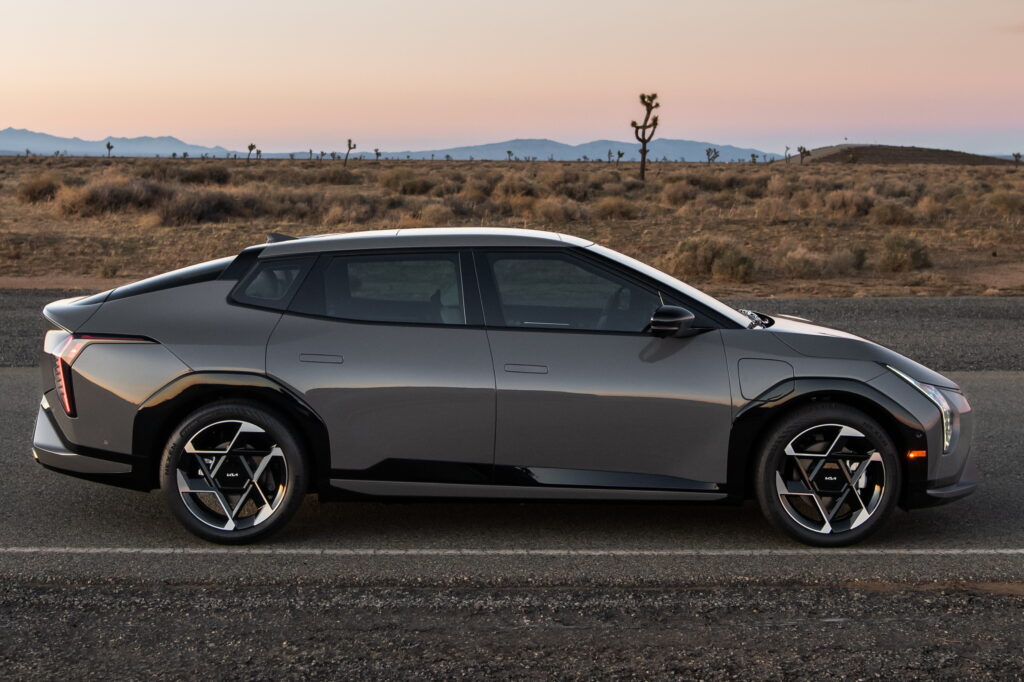
That’s a tall order indeed, but the EV4 has a MacPherson strut front and multi-link rear suspension as well as a reinforced chassis in key areas. It should be able to deliver on its promises, at least theoretically, but judging from Kia’s other EVs that we’ve reviewed, we’d be surprised if it didn’t.
Why Did Kia Launch An All-New Electric Sedan?
In the last few years, sedans have fallen out of favor with buyers not just in the US, but in most big markets worldwide, so manufacturers axed a great number of them from their lineups and focused on SUVs and crossovers, which sell like hot cakes, instead. At the same time, sales of electric vehicles are on the rise globally, even if not at the rate that almost all automakers, as well as many governments that voted to ban ICE-powered vehicles in the near future, projected.
So why did Kia choose to spend millions to develop and produce a brand new electric sedan? First, it certainly has the SUV/crossover market in all main segments covered, both with EV and ICE models. And second, just because the likes of Ford, GM, and Stellantis may have discontinued their own sedans, this doesn’t mean that there isn’t a pool of prospective buyers who’d rather have one over an SUV. That’s due to high-riding vehicles have become kinda the norm these days, so it’s ironic that a sedan will make you stand out from the crowd.
Another point is that, if it’s tuned the right way, a sedan’s handling and steering are inherently better. See, you can’t really beat physics, no matter how much advanced technology you might employ; a good sports car, thanks to its lower weight and center of gravity, will always handle better than a good sedan, which, for the exact same reasons, will do the same compared to an SUV.
More: Kia Confirms First Midsize Pickup For America
Just look at the most famous luxury brands in the world: as good as the Ferrari Purosangue might be, it’ll never handle as good as the (much cheaper) Roma or 296 GTB. Nor will the Lamborghini Urus compared to the Temerario, the Aston Martin DBX compared to the Vantage or DB12, or the Porsche Cayenne compared to the Panamera, Taycan or Cayman. Kinda stating the obvious, as the SUVs are meant to be more practical by default. However, do you really think anyone buys these models because they offer more passenger and cargo space or are able to venture off the tarmac?
Should Tesla’s Model 3 Worry?
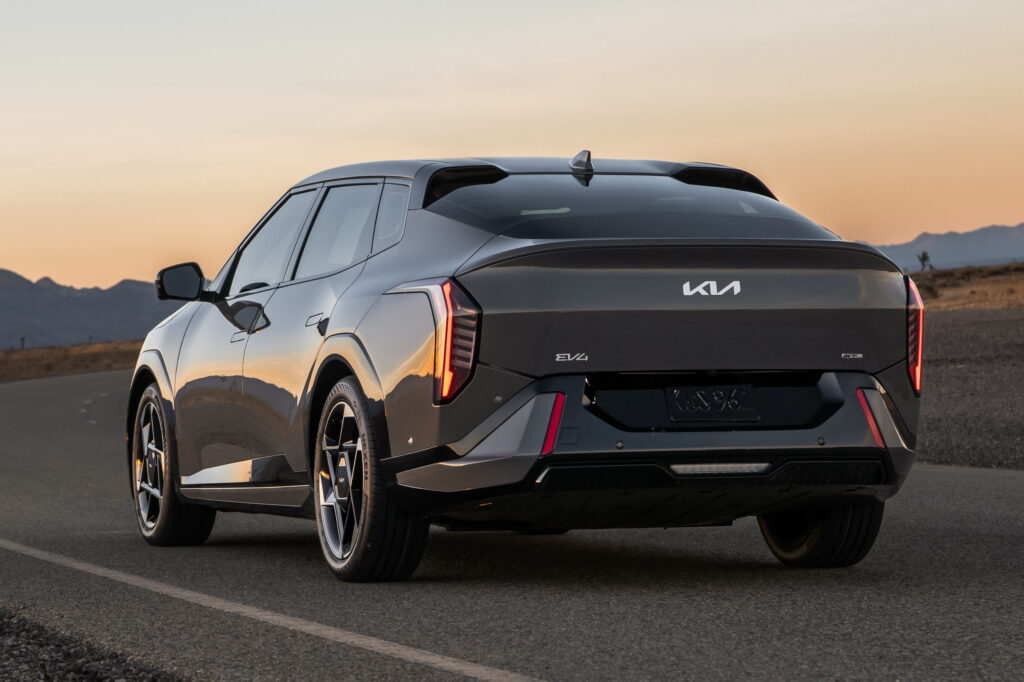
A valid argument is that those brands can’t possibly be compared to Kia by any reasonable person. Maybe we should look at something more mainstream, like Tesla, then. Sure, the Model Y crossover might be its best seller, but the Model 3 sedan, on which the former is based, comes second and is a core pillar of the brand. And that’s despite the platform’s age, which dates back to 2017, which means it should have been replaced by an all-new model by now, according to other (mainstream or luxury) brands’ strategy.
Instead, it just received a facelift in 2023 for the China-built model and last year for the ones made in the US, which introduced many welcome updates to the Model 3 that cost Tesla much less than designing, developing, and building an all-new car.
Of course, at the end of the day, the EV4 will be judged by how many units Kia manages to shift. Even though we’re not so sure about the rear styling, all the rest point to yet another winner for the Koreans, who are on a roll when it comes to new product launches. We’ll give it till December 2026 and see if the EV4 fulfills its maker’s promises, as well as its expectations.
